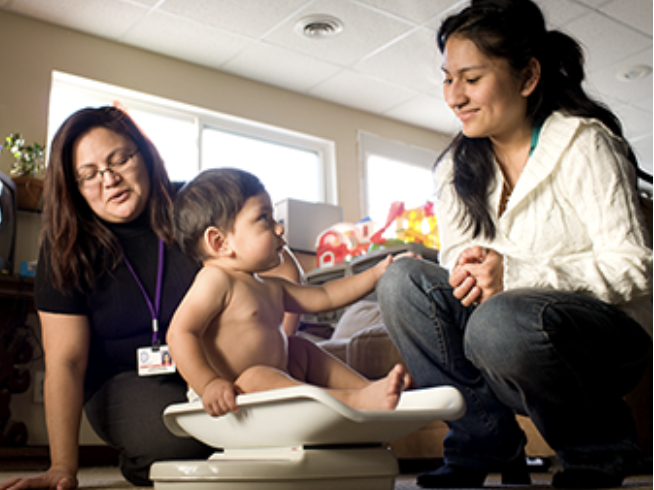 Health equity is affected by social determinants of health (SDOH). Considering how to eliminate the negative impact of these social determinants can be overwhelming.
Health equity is affected by social determinants of health (SDOH). Considering how to eliminate the negative impact of these social determinants can be overwhelming.
A Fitting Parable
The notion of moving upstream in approach can be conceptualized by the common analogy in which individuals are drowning in a pool at the end of the stream. The immediate approach for the rescue team involves pulling the drowning individuals from the pool of water.
Next, the rescue team might ask, “Can we pull the individuals out of the stream before they get to the pool?” This approach is helpful. Then someone asks, “Can we stop people from falling in?” “Is something pushing them in?” “Can we move people back from the edge of the stream?” These questions illustrate the concept of moving upstream.
We nurses are unique—we’re involved at all levels of this analogy. Nurses are pulling out drowning people. We’re treating those with chronic diseases, cancer, and imminent health threats that are, in part, due to social determinants. This is critical and necessary work. But we’re also well positioned to move upstream in approach and help health systems, communities, and our nation do the same.
Where to Start
Nurses can start addressing SDOH by talking to patients about the social factors most impacting their health. For example, ask patients about the features and safety of the place they’ll return after discharge. Query asthmatic patients about mold and bug infestation in their place of residence and their ability (or lack thereof) to address it. With patients experiencing high levels of nutrition-related diseases, ask about where they buy food and their strategies when money runs short.
These conversations have several benefits. First, nurses are helping patients understand how environment and social conditions impact their health. Although patients may not be able to change factors such as their living situation or socioeconomic status, these conversations can lessen stigma and shame. Patients may be more honest about their barriers to implementing positive health behaviors if they aren’t focused on avoiding shame. Strategies that decrease stigma around disease processes can positively impact health-promoting behaviors.
Put Knowledge to Work
As our own awareness of the social determinants grows, we better know our patient populations and can focus efforts on developing resources and referrals to meet these social needs. For example, a nurse working with people experiencing homelessness can learn about housing resources and develop relationships with caseworkers to whom they can refer patients.
Although nurses cannot personally solve the social needs for all patients, creating strong referral networks within the community and connecting patients to resources can improve the health of individuals and their families.
This post is an excerpt from the Journal of Christian Nursing cover article by Breanna Lathrop: “When Healthcare Isn't Enough: A Christian Response to Social Determinants of Health” (Issue 38.1). Breanna also co-authored How Neighborhood Make Us Sick: Restoring Health and Wellness to Our Communities (IV Press, 2019).
Add new comment